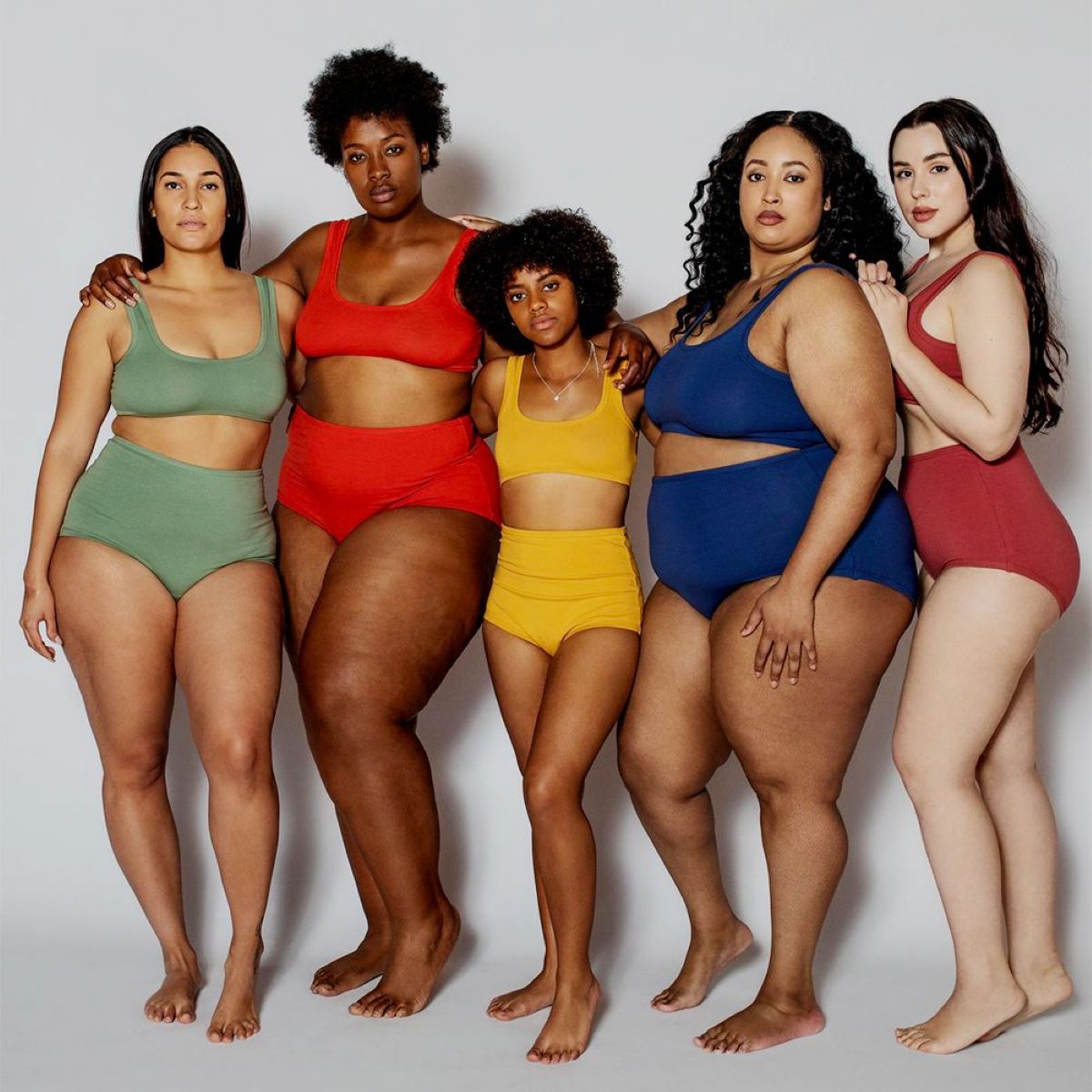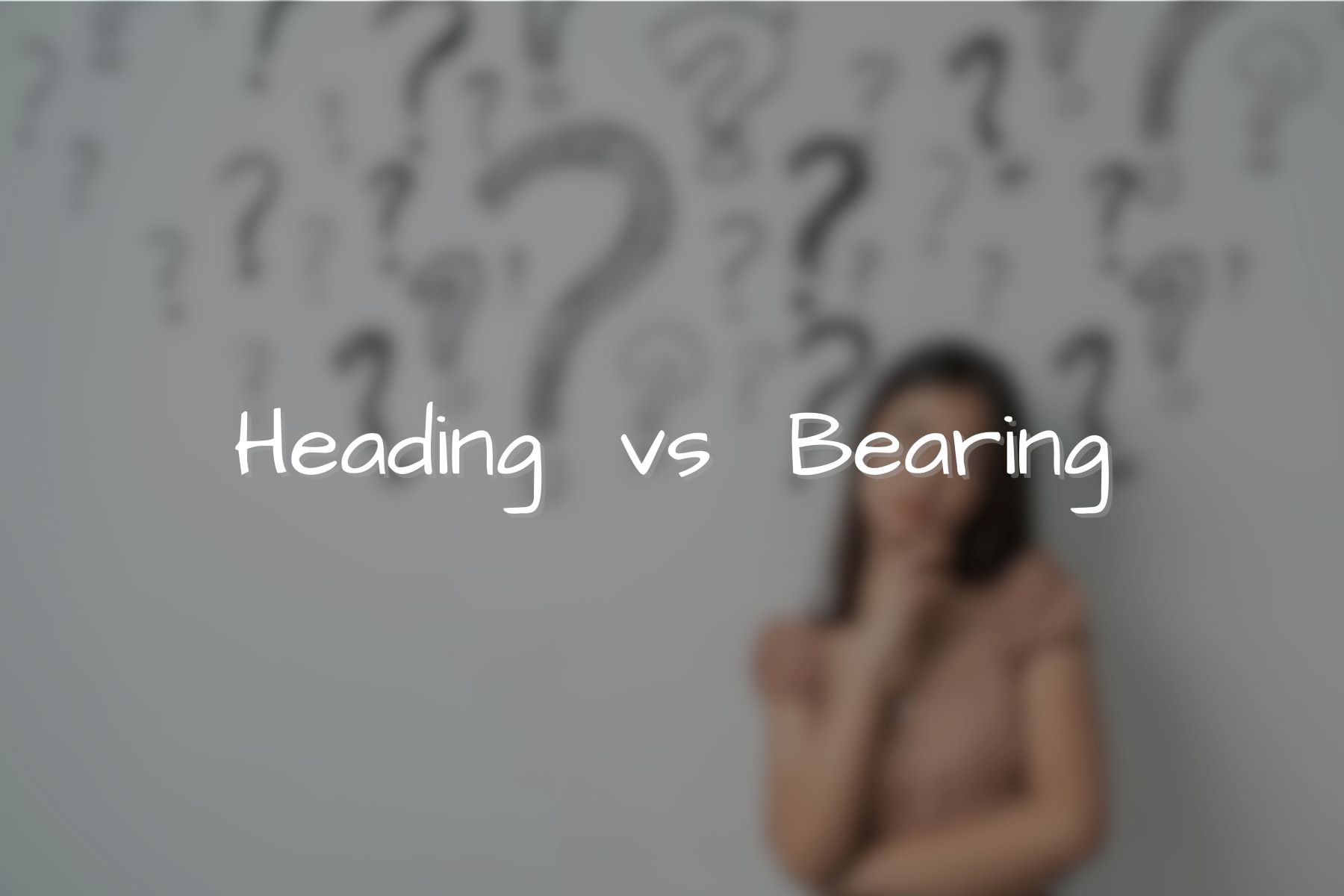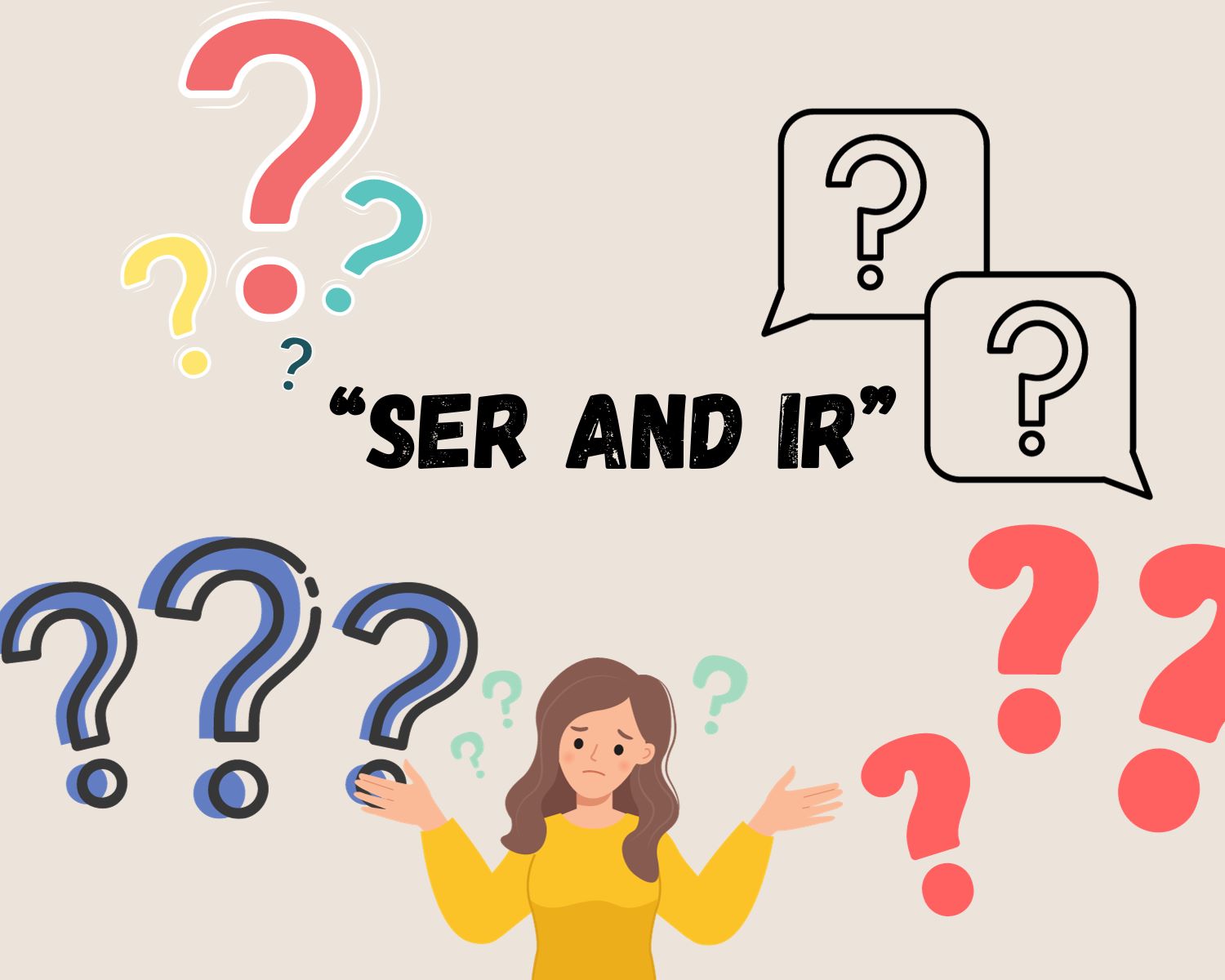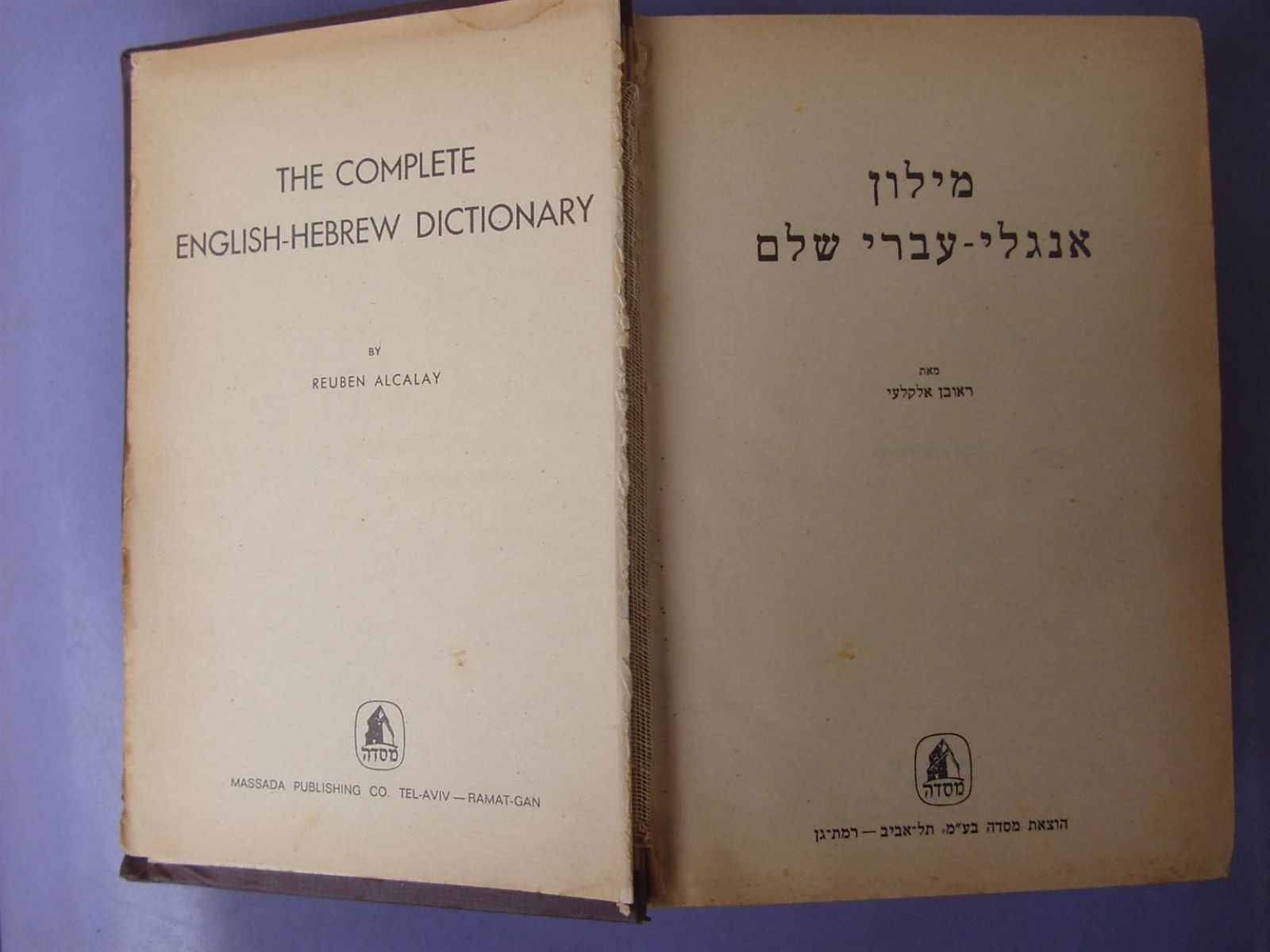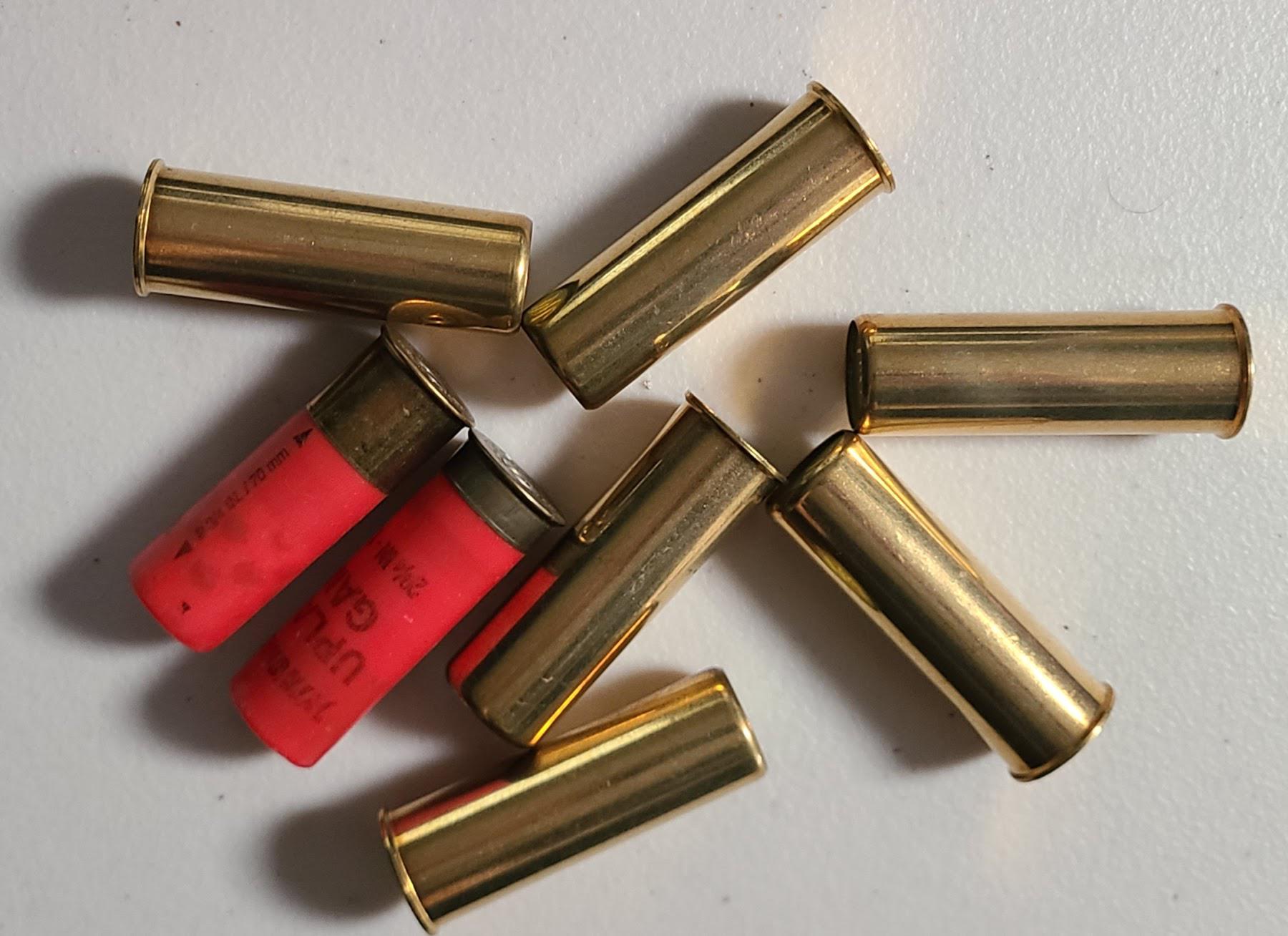Home>Technology and Computers>The Surprising Difference Between B11 And E12 Bulbs Revealed!
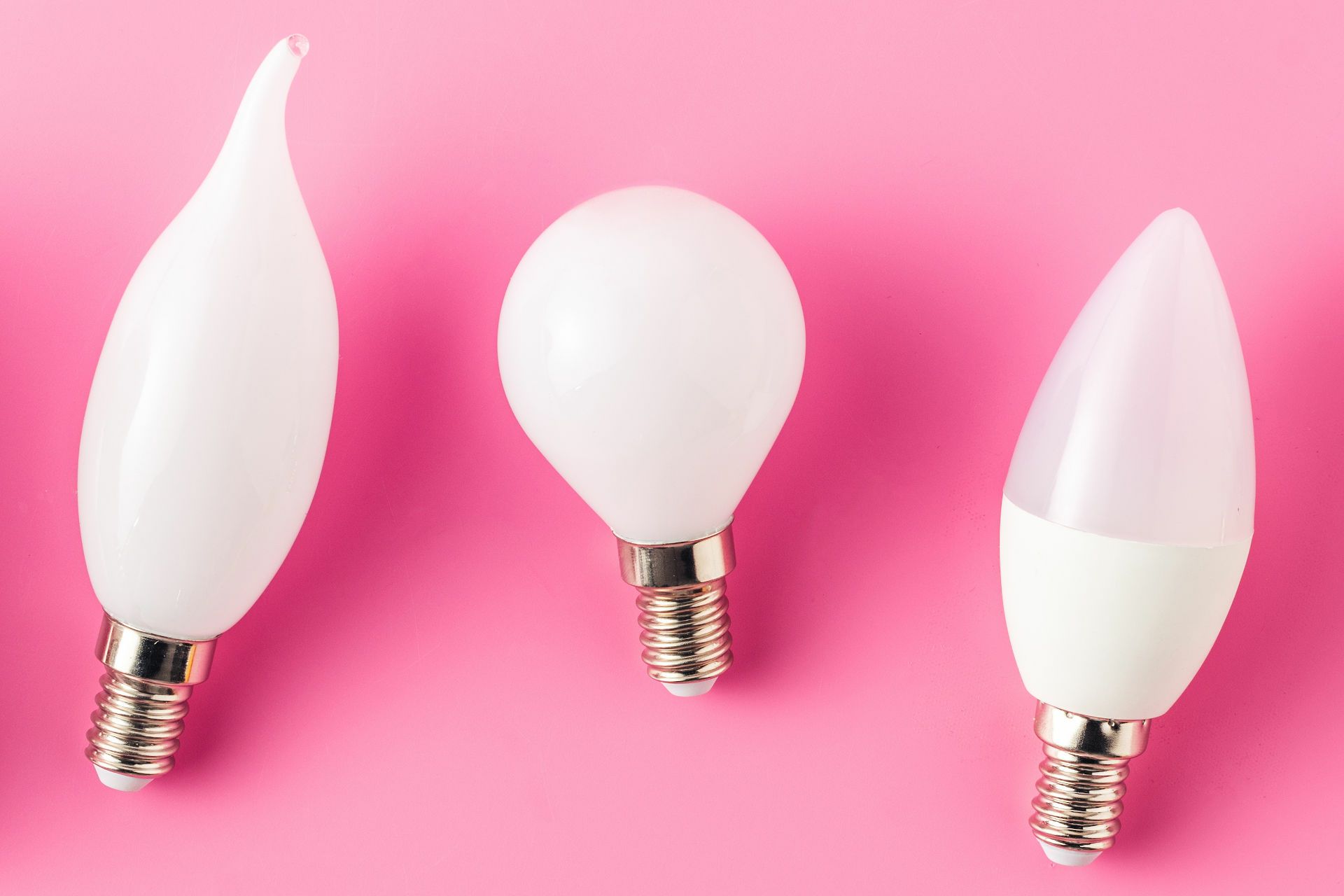

Technology and Computers
The Surprising Difference Between B11 And E12 Bulbs Revealed!
Published: January 18, 2024
Discover the surprising disparity between B11 and E12 bulbs in the world of technology and computers. Uncover which one is the best choice for your needs now!
(Many of the links in this article redirect to a specific reviewed product. Your purchase of these products through affiliate links helps to generate commission for Regretless.com, at no extra cost. Learn more)
Table of Contents
Introduction
When it comes to illuminating our homes, offices, or any other space, the type of light bulb we choose can significantly impact the ambiance and functionality of the environment. Among the myriad options available in the market, B11 and E12 bulbs stand out as popular choices for various lighting applications. These bulbs are not only known for their distinctive features but also for the unique roles they play in enhancing the visual appeal and functionality of different settings.
In this comprehensive guide, we will delve into the intriguing world of B11 and E12 bulbs, uncovering their defining characteristics, differences, and the specific scenarios in which they shine the brightest. By the end of this exploration, you will have a deeper understanding of these two bulb types and be better equipped to make informed decisions when it comes to illuminating your living or working spaces. So, let's embark on this illuminating journey to discover the surprising differences between B11 and E12 bulbs!
What are B11 and E12 bulbs?
B11 and E12 bulbs are two distinct yet commonly used lighting components that play pivotal roles in illuminating various spaces. Let's start by understanding each of these bulbs individually.
B11 Bulbs
The B11 bulb is a decorative candle-shaped light bulb that is popular for its elegant and classic design. It is characterized by its resemblance to a small candle flame, making it a charming addition to chandeliers, wall sconces, and decorative light fixtures. The "B" in B11 stands for "bulged" or "blunt," indicating the shape of the bulb, while the number "11" refers to its diameter in eighths of an inch, making it approximately 1.375 inches in diameter at its widest point.
E12 Bulbs
On the other hand, E12 bulbs are defined by their base type. The "E" stands for Edison, named after the renowned inventor Thomas Edison, who pioneered the development of electric lighting. The number "12" denotes the diameter of the base in millimeters, which is approximately 12mm. E12 bulbs are commonly referred to as candelabra bulbs due to their smaller base size, and they are widely used in chandeliers, pendant lights, ceiling fans, and decorative fixtures that require a more compact bulb size.
Both B11 and E12 bulbs are available in various lighting technologies, including incandescent, LED, and compact fluorescent, offering consumers a wide range of options to suit their specific lighting needs and preferences.
In summary, B11 bulbs are characterized by their decorative candle-shaped design, while E12 bulbs are distinguished by their smaller candelabra base. Understanding the unique features of these bulbs provides valuable insights into their applications and helps individuals make informed decisions when selecting the most suitable lighting solutions for their spaces.
Differences in size and shape
When comparing B11 and E12 bulbs, one of the most noticeable distinctions lies in their size and shape. The B11 bulb, with its distinct candle-like silhouette, exudes an elegant and timeless aesthetic. Its rounded, bulged shape, reminiscent of a small flame, adds a touch of sophistication to any space. Measuring approximately 1.375 inches in diameter at its widest point, the B11 bulb is larger and more prominent, making it a striking visual element in decorative fixtures such as chandeliers and wall sconces.
In contrast, E12 bulbs, characterized by their smaller candelabra base, exhibit a more compact and understated form. The "E" in E12, denoting Edison, pays homage to the iconic inventor of electric lighting, while the number "12" signifies the base diameter of approximately 12mm. This petite size makes E12 bulbs ideal for fixtures that require a smaller and more discreet lighting solution, such as chandeliers, pendant lights, and ceiling fans. The slender profile of E12 bulbs seamlessly integrates into the design of these fixtures, providing both functional illumination and aesthetic appeal.
Furthermore, the size disparity between B11 and E12 bulbs also influences their visual impact within a space. The larger dimensions of B11 bulbs make them stand out as focal points, especially when used in multi-bulb fixtures. Their captivating presence contributes to the overall ambiance and style of the environment, making them a popular choice for creating a captivating lighting display. On the other hand, the petite stature of E12 bulbs allows them to blend harmoniously with the intricate designs of candelabra-style fixtures, enhancing the visual cohesiveness of the entire lighting ensemble.
In essence, the differences in size and shape between B11 and E12 bulbs extend beyond mere physical dimensions. These characteristics play a pivotal role in defining the aesthetic appeal, visual prominence, and functional suitability of each bulb type, offering consumers diverse options to cater to their specific lighting preferences and design aspirations.
Variations in brightness and wattage
When it comes to selecting the ideal lighting solution for a particular space, variations in brightness and wattage play a crucial role in meeting specific illumination requirements. Both B11 and E12 bulbs offer distinct variations in brightness and wattage, catering to diverse lighting needs and preferences.
B11 Bulbs
B11 bulbs are available in a range of brightness levels, allowing consumers to customize the ambiance and functionality of their spaces. Typically, B11 bulbs are designed to emit a soft, warm glow, creating a welcoming and inviting atmosphere. These bulbs are commonly used in areas where accent lighting or decorative illumination is desired, such as dining rooms, living rooms, and entryways. The wattage options for B11 bulbs vary, with lower wattages suitable for subtle, ambient lighting, while higher wattages provide enhanced brightness for tasks or focal points within a room.
E12 Bulbs
Similarly, E12 bulbs offer a diverse selection of brightness and wattage options to accommodate different lighting preferences. Due to their smaller size and candelabra base, E12 bulbs are often utilized in fixtures where a softer, more subdued illumination is preferred. The available wattage range for E12 bulbs allows individuals to tailor the lighting intensity to suit the specific requirements of their environment. Whether it's creating a cozy ambiance in a bedroom or adding a touch of elegance to a chandelier, E12 bulbs provide versatile lighting solutions with varying levels of brightness.
Considerations for Selection
When choosing between B11 and E12 bulbs based on variations in brightness and wattage, it is essential to consider the intended use and ambiance of the space. Factors such as the room size, desired lighting effect, and specific lighting tasks should all be taken into account. For instance, B11 bulbs with higher wattages may be preferred for areas that require ample illumination, while lower-wattage options are suitable for creating a relaxed, intimate atmosphere.
In contrast, E12 bulbs, with their nuanced brightness options, are well-suited for settings where gentle, diffused lighting is desired. Whether it's illuminating a cozy reading nook or adorning a decorative fixture with a soft, enchanting glow, the variations in brightness and wattage offered by E12 bulbs cater to a diverse array of lighting scenarios.
In summary, the variations in brightness and wattage between B11 and E12 bulbs empower consumers to tailor their lighting choices to align with the unique ambiance and functional requirements of their living or working spaces. By understanding the distinct lighting capabilities of these bulbs, individuals can make informed decisions that elevate the visual appeal and practicality of their illuminated environments.
Compatibility and uses
B11 and E12 bulbs, despite their differences in size, shape, and variations in brightness, share a common thread of compatibility and versatile uses across a wide spectrum of lighting applications. Understanding the compatibility and diverse uses of these bulbs is crucial in harnessing their full potential to illuminate and enhance different environments.
Compatibility
B11 bulbs, with their standard medium E26 base, are compatible with a broad range of lighting fixtures, including chandeliers, wall sconces, and decorative lamps. Their compatibility with standard sockets makes them a convenient and versatile lighting option for various residential and commercial settings. Additionally, B11 LED bulbs are designed to be compatible with dimmer switches, allowing users to adjust the light intensity to suit different occasions and moods.
E12 bulbs, featuring a smaller candelabra base, are specifically tailored for fixtures that require a more compact bulb size. These bulbs are commonly used in chandeliers, pendant lights, ceiling fans, and decorative fixtures that accommodate the E12 base. The compatibility of E12 bulbs with these specialized fixtures makes them an essential lighting solution for creating captivating visual displays and providing functional illumination in specific areas.
Versatile Uses
B11 bulbs are prized for their decorative appeal and are often employed to add a touch of elegance and charm to interior spaces. Their use in chandeliers and wall sconces lends a classic and sophisticated ambiance to dining rooms, foyers, and formal living areas. Furthermore, B11 bulbs are favored for accent lighting, allowing individuals to highlight artwork, architectural features, or specific design elements within a room.
E12 bulbs, known for their petite size and candelabra base, find diverse uses in both residential and commercial settings. These bulbs are frequently utilized in decorative fixtures to create visually stunning lighting arrangements. Whether adorning a grand chandelier in a hotel lobby or providing ambient lighting in a cozy home office, E12 bulbs serve as versatile lighting elements that contribute to the overall aesthetic and functionality of the space.
In essence, the compatibility and versatile uses of B11 and E12 bulbs underscore their significance as indispensable lighting components for a myriad of settings. By seamlessly integrating into a wide array of fixtures and fulfilling diverse lighting needs, these bulbs empower individuals to craft captivating environments that are both visually appealing and functionally efficient.
Conclusion
In conclusion, the exploration of B11 and E12 bulbs has revealed a fascinating interplay of design, functionality, and versatility within the realm of lighting solutions. The distinctive features of these bulbs, from their size and shape to variations in brightness and compatibility, underscore their pivotal roles in illuminating and enhancing diverse environments.
The B11 bulb, with its elegant candle-shaped design and compatibility with standard sockets, serves as a timeless choice for adding a touch of sophistication and visual allure to interior spaces. Its ability to emit a soft, warm glow makes it well-suited for accent lighting and decorative applications, elevating the ambiance of dining areas, living rooms, and entryways.
On the other hand, the E12 bulb, characterized by its smaller candelabra base and nuanced brightness options, offers a seamless integration into chandeliers, pendant lights, and other decorative fixtures. Its versatility in creating captivating visual displays and providing gentle, diffused illumination makes it a valuable asset in both residential and commercial settings.
The surprising differences between B11 and E12 bulbs, encompassing their unique characteristics and diverse applications, empower individuals to make informed lighting choices that align with their specific preferences and lighting needs. Whether it's crafting a captivating lighting ensemble for a grand chandelier or infusing a space with a warm, inviting ambiance, the distinct attributes of B11 and E12 bulbs offer a myriad of possibilities for creating visually stunning and functionally efficient environments.
As we navigate the dynamic landscape of interior design and lighting aesthetics, the enduring appeal and practicality of B11 and E12 bulbs continue to shine brightly, illuminating our lives with their timeless charm and versatile capabilities. With a deeper understanding of these bulbs, individuals are poised to embark on illuminating journeys that celebrate the artistry and functionality of lighting in all its splendor.
